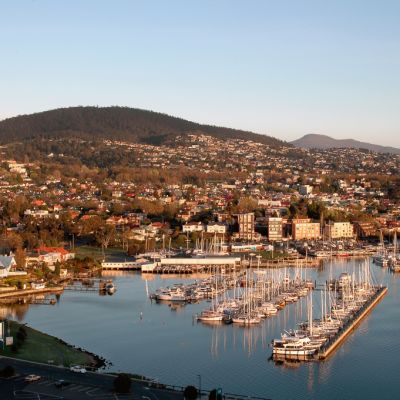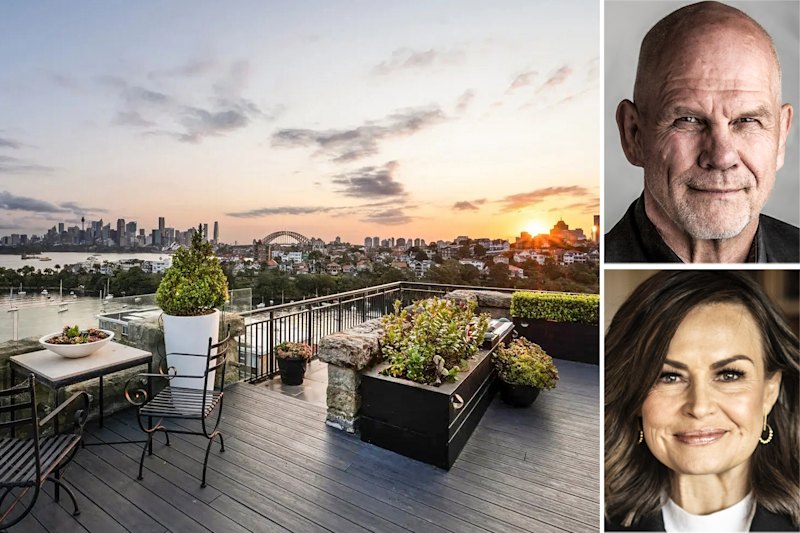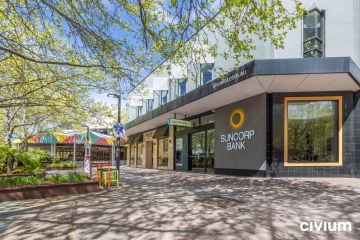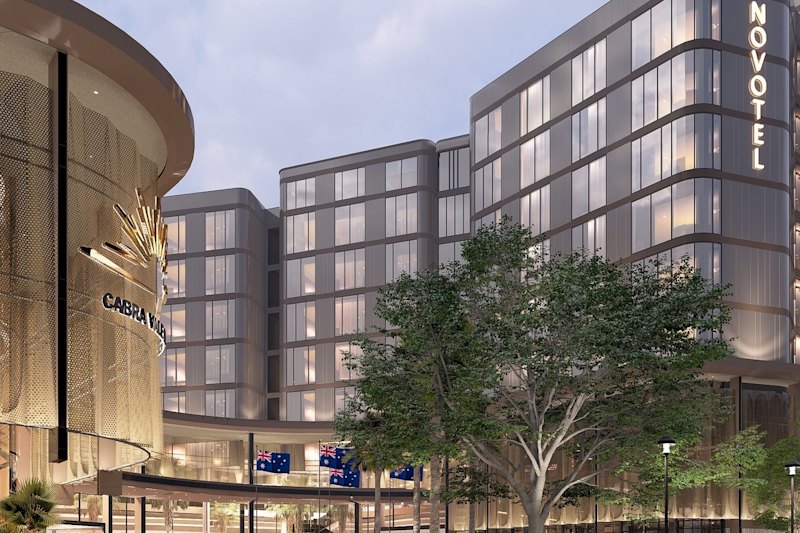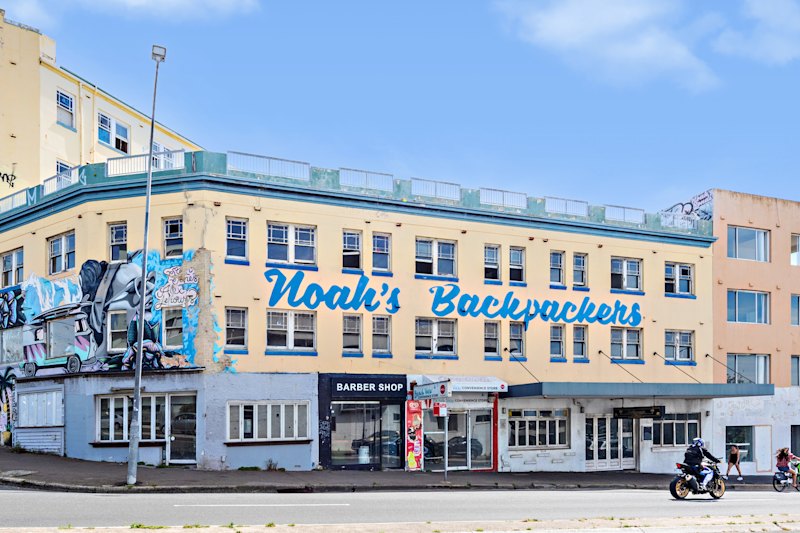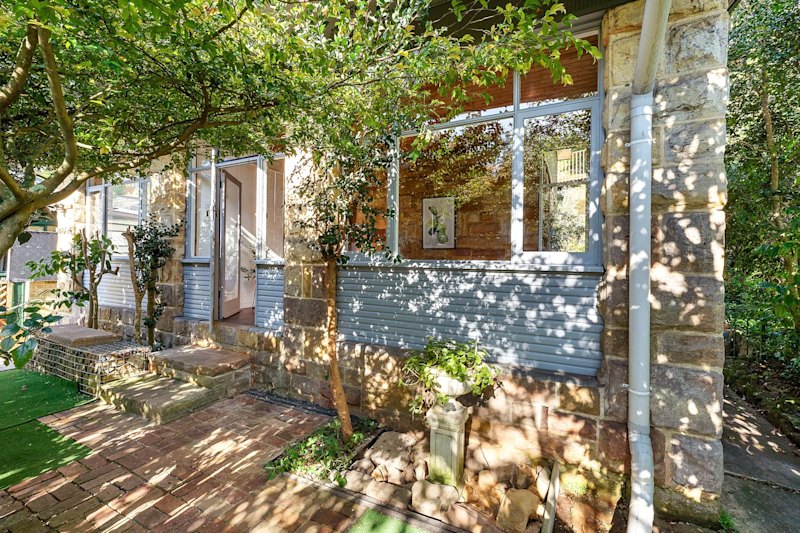Australian home values rise at fastest pace for 32 years: Core Logic research
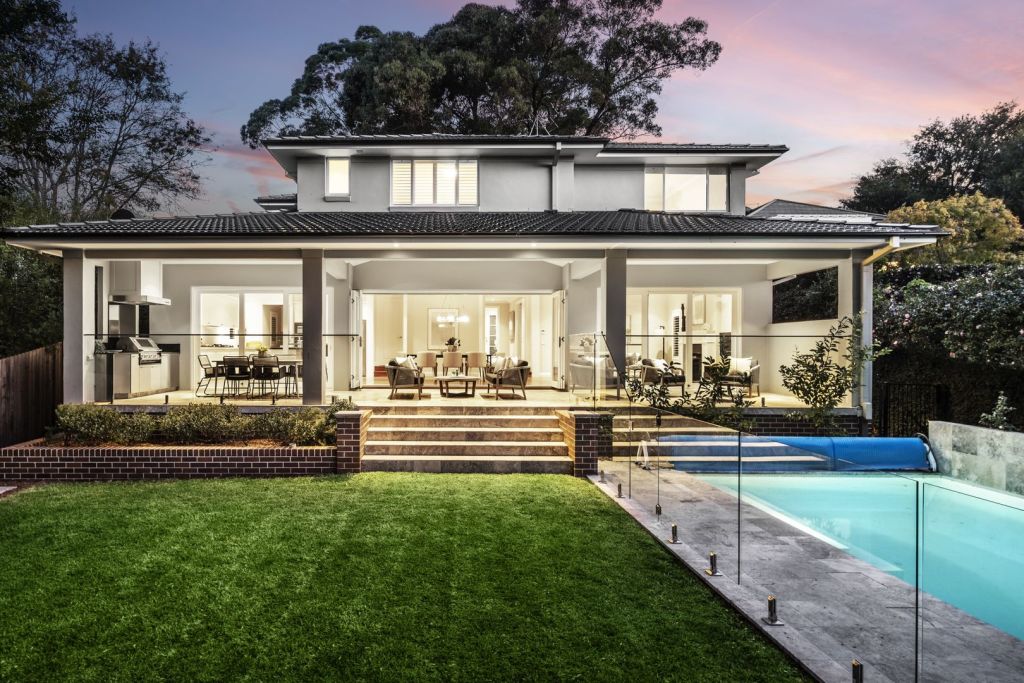
Property values are skyrocketing at the fastest rate in 32 years, new figures show, but the stunning pace of gains could slow a little in coming months.
Sydney home values soared 3.7 per cent in March – almost one per cent a week – to a median value of $928,028, some 6.7 per cent higher over the quarter, according to the CoreLogic Home Value Index released on Thursday. The figure includes both houses and apartments.
Melbourne values jumped 2.4 per cent in a month to a median of $736,620, and are 4.9 per cent higher than three months ago.
The housing market is booming off the back of ultra-low interest rates and expectations they will stay low for years, as well as a recovering economy and a shortage of homes for sale as new listings fail to keep up with strong buyer demand.
For every new listing added to the market, 1.1 homes are sold, the researcher said, warning this could give rise to a sense of fear of missing out.
“The strength of the gains are extraordinary,” CoreLogic’s head of residential research Australia, Eliza Owen said.
Sydney values have risen more than $30,000 in one month, with Melbourne up about $17,000, she said.
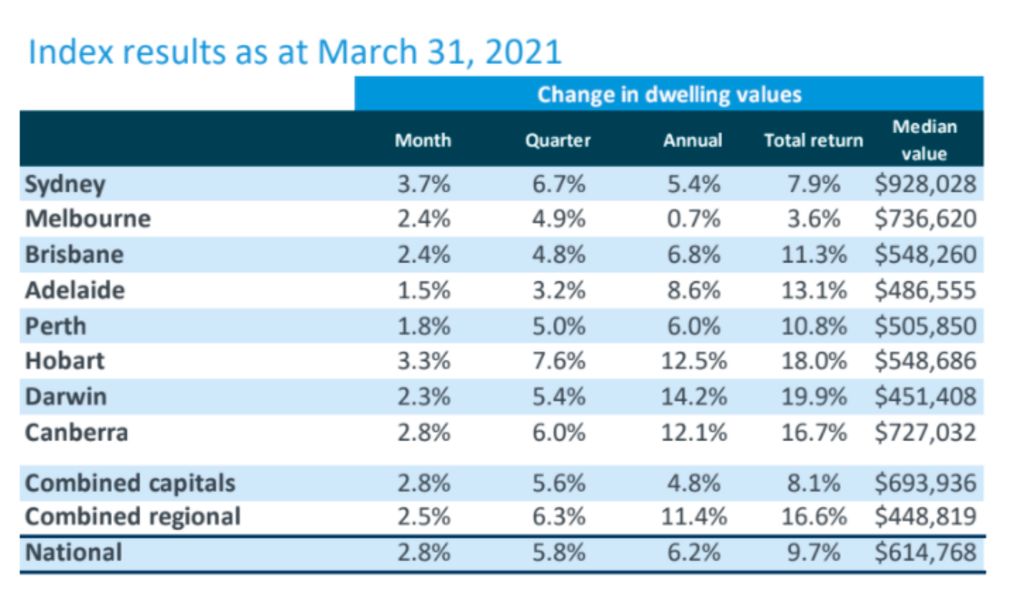
The gains were broad-based, with every capital city and “rest-of-state” region rising at least 1.4 per cent in March.
Hobart lifted 3.3 per cent, with strong gains also in Canberra (2.8 per cent), Brisbane (2.4 per cent), Darwin (2.3 per cent), Perth (1.8 per cent) and Adelaide (1.5 per cent).
Nationally, values rose 2.8 per cent in a month, the fastest rate of growth since the 3.2 per cent registered in October 1988, when Bob Hawke was the prime minister.
This followed the Black Monday stock market crash and the reinstating of negative-gearing tax concessions as we know them today, incentivising investment in property instead of shares, Ms Owen said. Combined with strong immigration and falling interest rates, the market boomed 32 years ago.
“Now, the main driver seems to be record-low interest rates, as well as the savings ratio of households increasing,” Ms Owen said, noting a drop in spending on travel and recreation in the pandemic.
“On top of that, on the supply side, you’ve got very low listings volumes.”
It marks a sharp turnaround from the depths of the COVID-19 pandemic last year, when property prices were forecast to drop 10 to 20 per cent — falls that never eventuated.
Sydney values lost only 2.9 per cent during the coronavirus downturn and have more than recovered to reach record highs.
Melbourne shed 5.6 per cent during its extended lockdowns but has also reversed and hit a record.
CoreLogic said it expected gains to continue well into next year, but warned the pace of growth could slow as affordability constraints start to bite, especially for first-home buyers.
Less government support will be available as JobKeeper ends and some temporary stamp duty discounts finish.
It could become harder to get a home loan if the bank regulator sees an increase in risky lending, and cracks down on small deposit loans or large loans compared to borrowers’ incomes, CoreLogic said.
“I don’t think this kind of growth is sustainable – at the end of the day we’re going to start seeing affordability constraints,” Ms Owen said.
“These kinds of growth rates we’re seeing at the moment, they are extreme but they’re not unprecedented.
“It’s still a record high; it would still be creating barriers to entry for first-home buyers.”
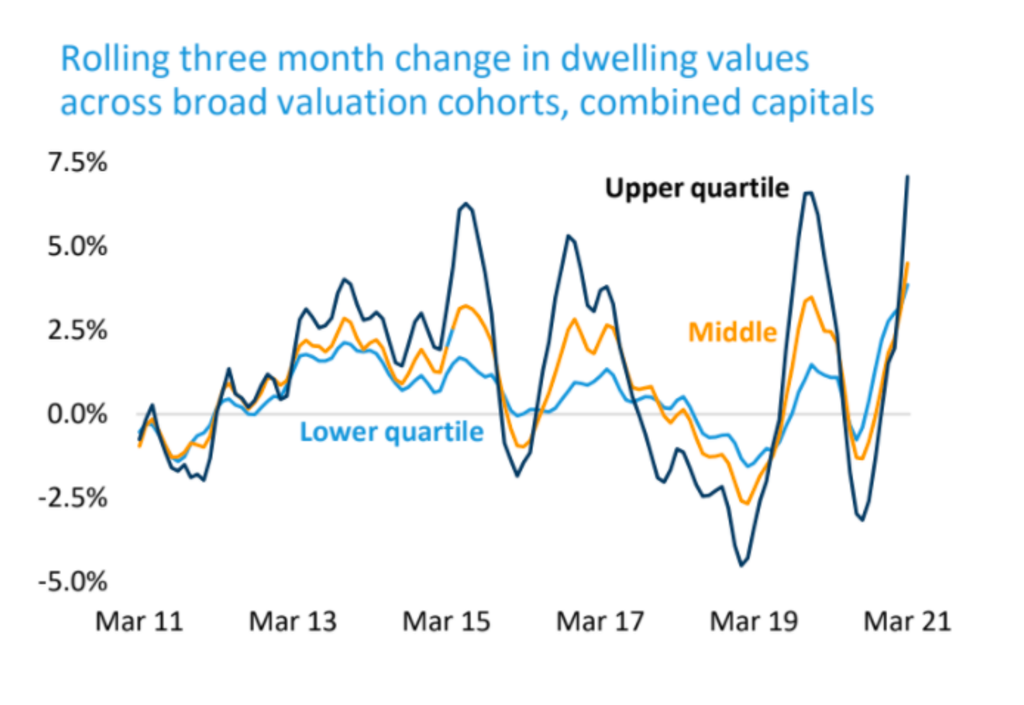
More expensive properties have been driving the gains, with the top end of the market rising at a faster pace than more affordable homes. The jump suggests that, although government incentives for first-home buyers such as stamp duty concessions or the First Home Loan Deposit Scheme are fuelling demand, more forces are at play in the overall market’s rise.
Detached houses are also rising faster than units, as once-locked-down city dwellers look for homes with more space and flexibility.
Although regional markets have been booming with demand from tree-changers, capital city value growth has now outpaced regional growth for the first time in a year.
We thought you might like
States
Capital Cities
Capital Cities - Rentals
Popular Areas
Allhomes
More

